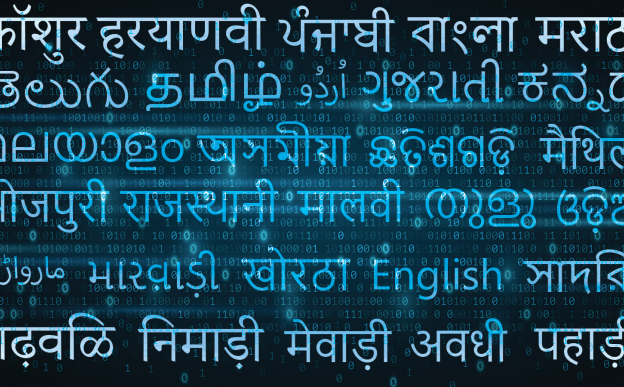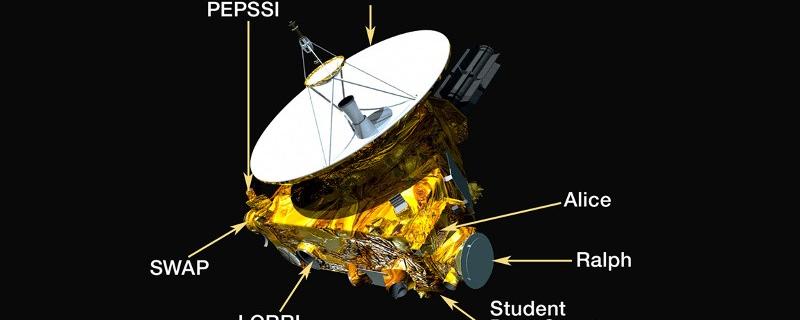The incidence of prostrate cancer, affecting the prostate gland in men, is one of the increasingly growing types of cancers and the cause of death across the world, particularly in developing countries. While traditional anti-cancer treatments like chemotherapy and radiation therapy promise hope, they often come with undesirable side effects. In a new research, scientists have shown the possibility of natural extracts from two plants found in tropical regions of the country to be effective against prostate cancer. This research definitely promises to bring in new hopes in those battered with cancer, hope the scientists.
ఐఐటీ బాంబే, ఐఐటీ మద్రాస్ మరియు ఐఐఐటి హైదరాబాద్ పరిశోధకులు కలిసి ఆంగ్లం నుండి అనేక భారతీయ భాషలకు స్పీచ్-టు-స్పీచ్ యాంత్రిక అనువాదం (SSMT) వ్యవస్థను రూపొందించారు.
ముంబై/







